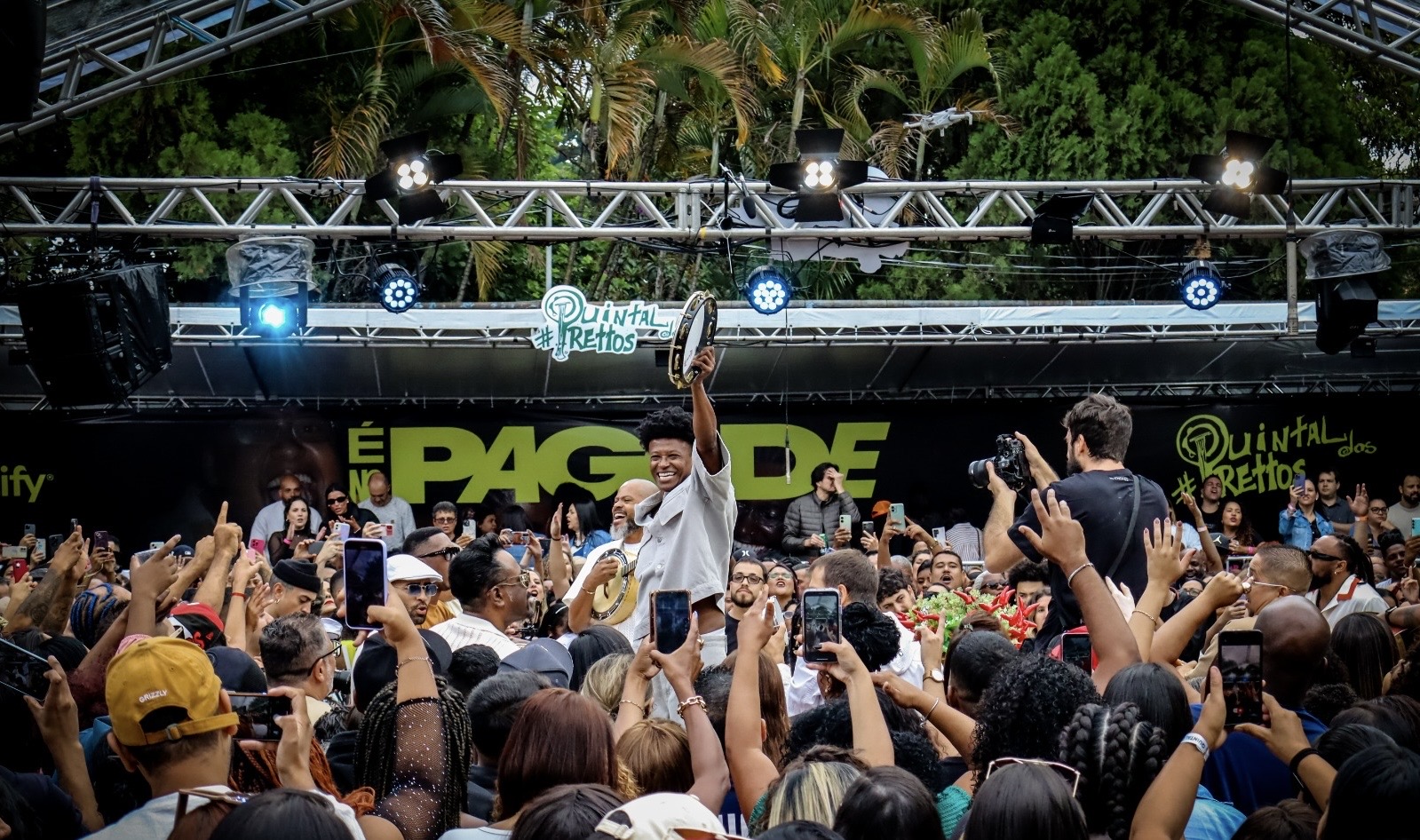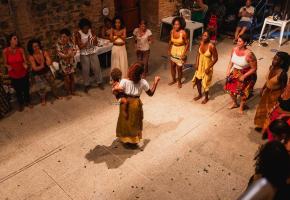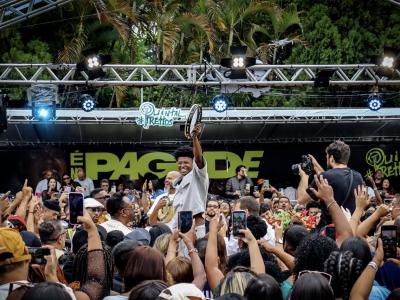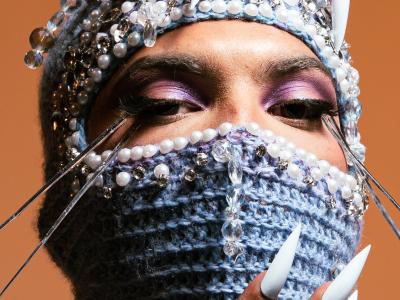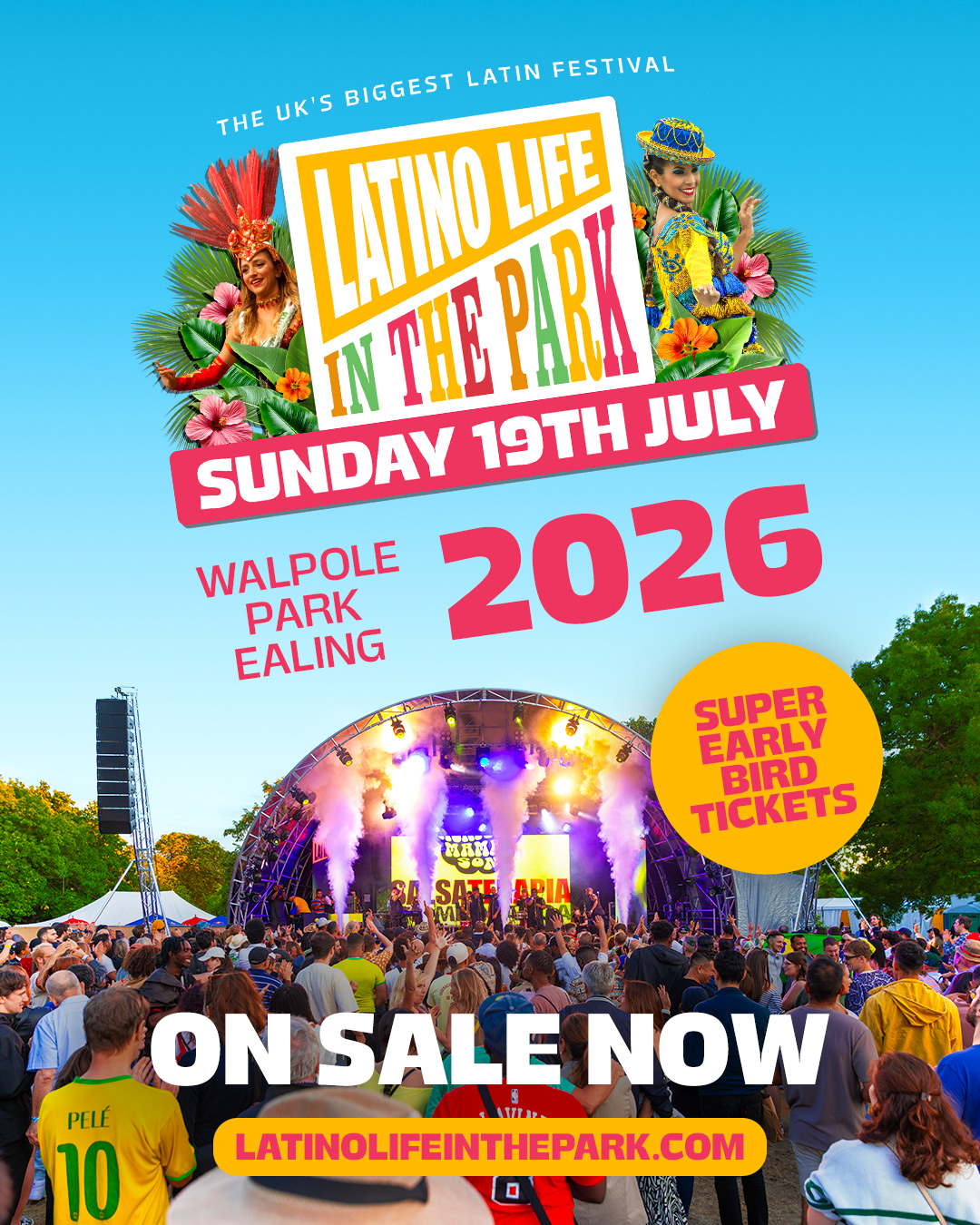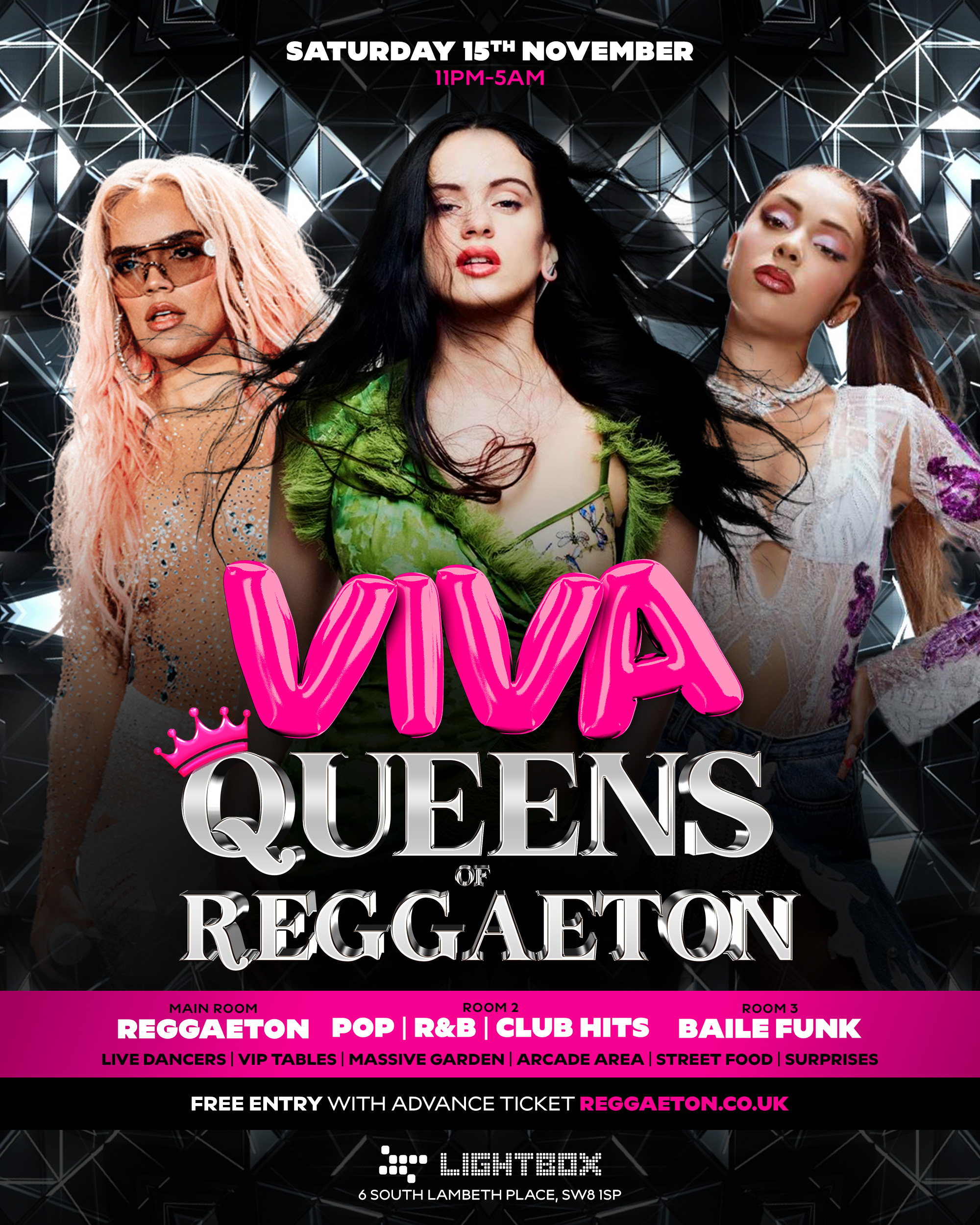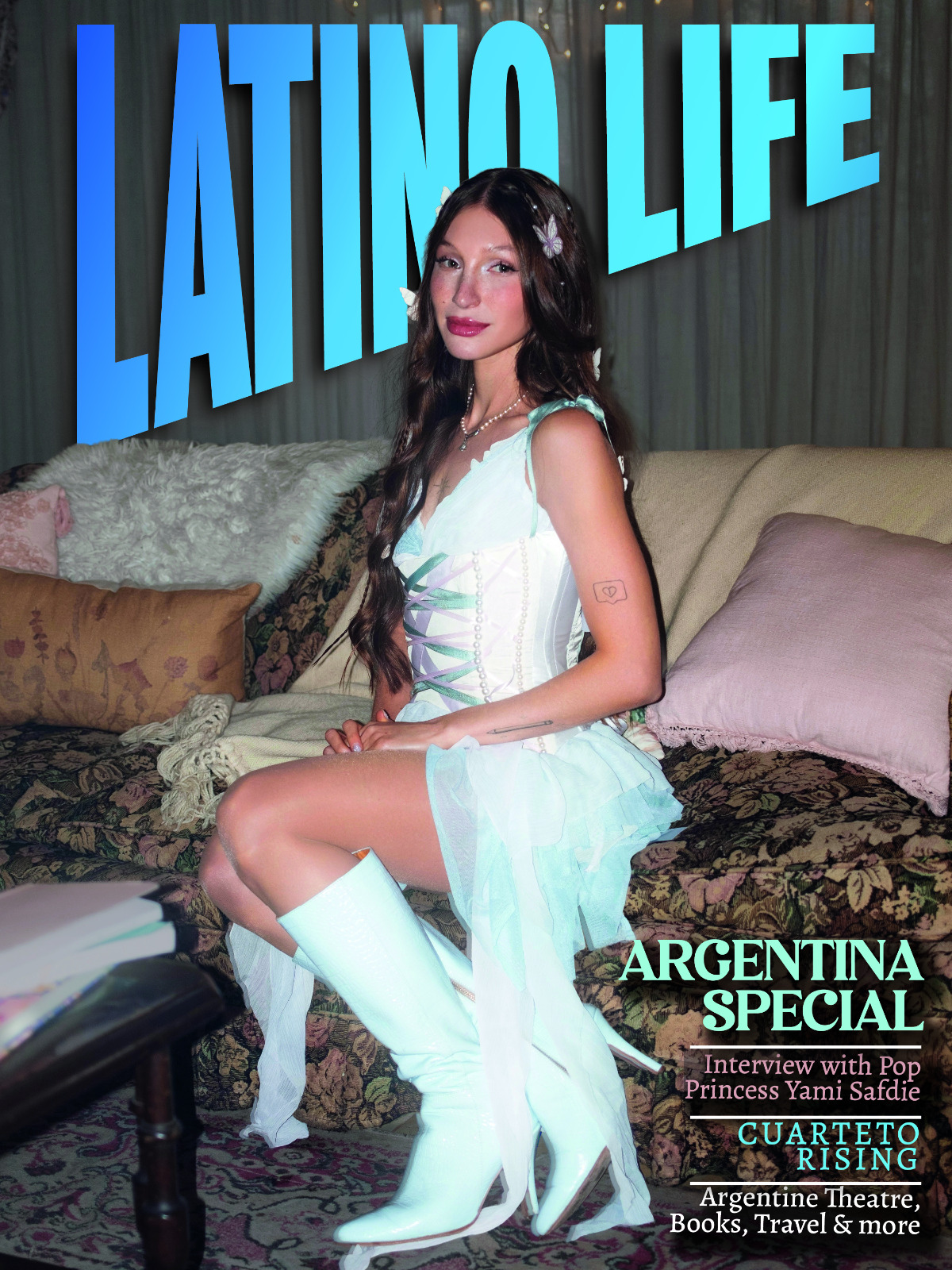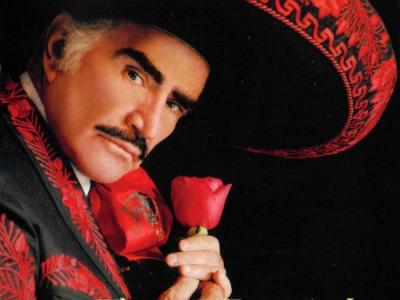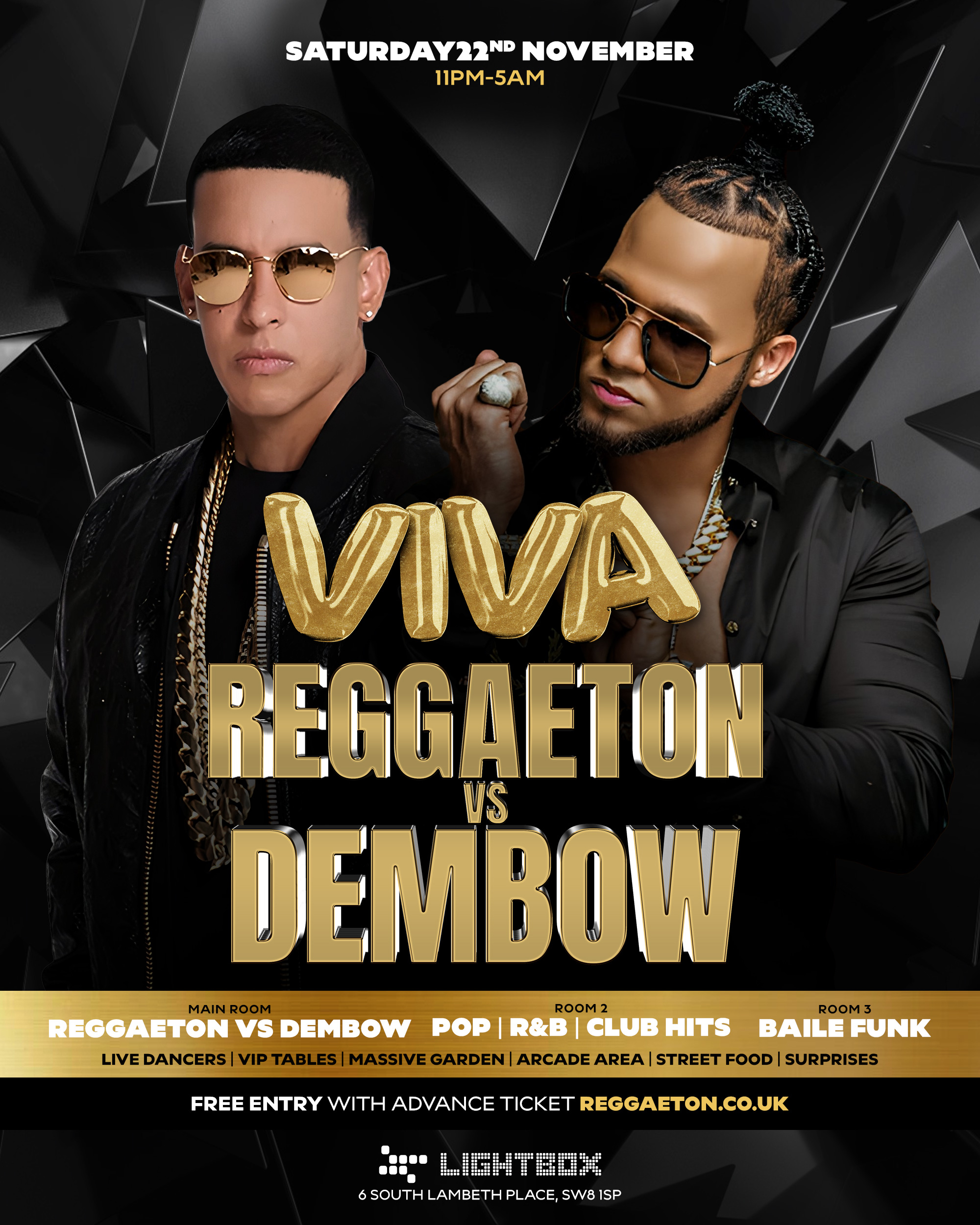A destination for Brazilian migrants seeking a better life, São Paulo, affectionately known as Sampa, was built by people like my father, who left the northeastern part of Natal, Brazil, as a child.
It has also been a magnet for international migrants; home to the largest Lebanese community outside Lebanon, and to Liberdade, the Japanese neighbourhood glowing with red lanterns, where the smell of tempura mingles with pastel dough frying in oil. Between República and Vale do Anhangabaú, you’ll find a slice of Lagos. Inside the multi-storey Galeria do Reggae, you might feel as if you’re in a shopping mall in Abuja: hearing Yoruba and Igbo spoken in the corridors, finding ingredients to prepare fufu, jollof rice and egusi and seeing Black women driving the local economy through their hair salons.
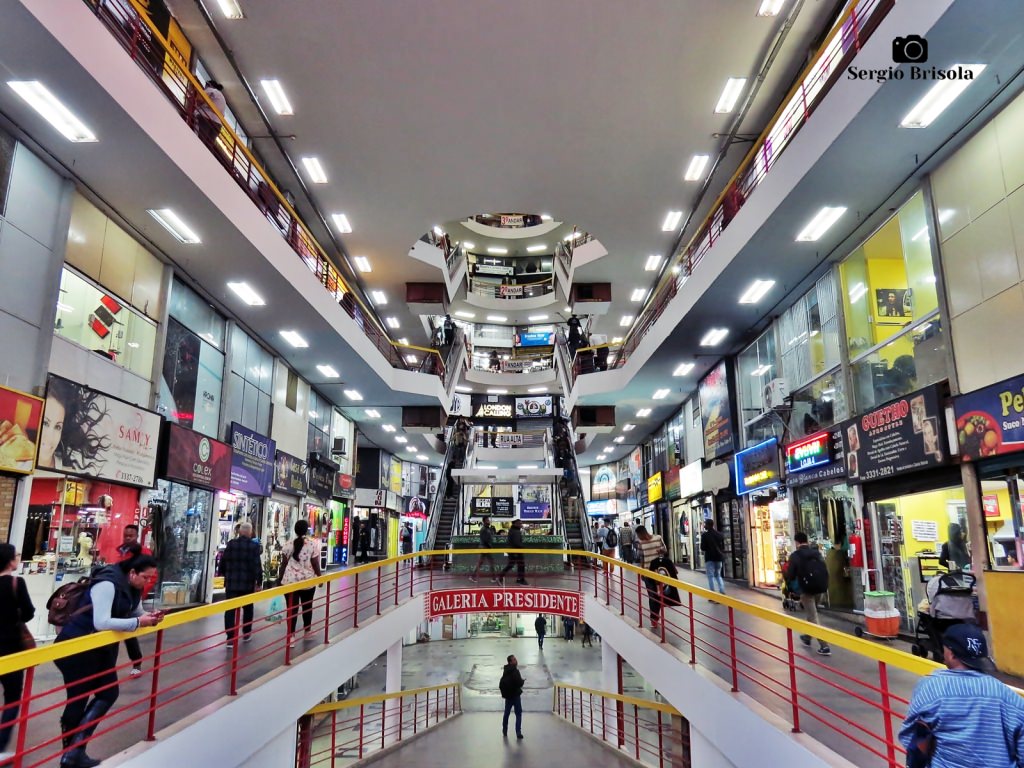
This is the city of graffiti, rap battles, poetry slams in the favelas and samba from the Velha Guarda (old skool), the birthplace of samba rock. It is also home to the bailes de favela and the famous fluxosMy, spontaneous street parties where booming speakers and motorbike stunts take over each corner. Young people gather to dance to the pulsating beats of baile funk, celebrating life, identity, and resilience.
A Musical Paradise
Dancehall has become a staple in São Paulo’s peripheries over the past decade. The genre brings thousands together every weekend, from small community bars to massive street parties. Notable hubs include Jardim Peri, Cidade Líder, Monte Kemel, Grajaú, and Guaianazes.
In Itaquera, where I am from, Felipe Silva, also known as DJ Fya Sound, hosts the celebrated 3Coco party, bringing up to 2,000 people fortnightly. Meanwhile, the Dancehall no Morro” collective in Favela do Sapo, northern São Paulo, blends music, social awareness, and community activism.
Artists like Lei Di Dai (that's right, her very own take on LadyDi) dubbed the queen of Brazilian dancehall, perform and run sound systems, such as Gueto Pro Gueto. Female DJs and collectives, such as Feminine Hi-Fi, are following in the footsteps of Sister Nancy, the first female dancehall DJ in history.
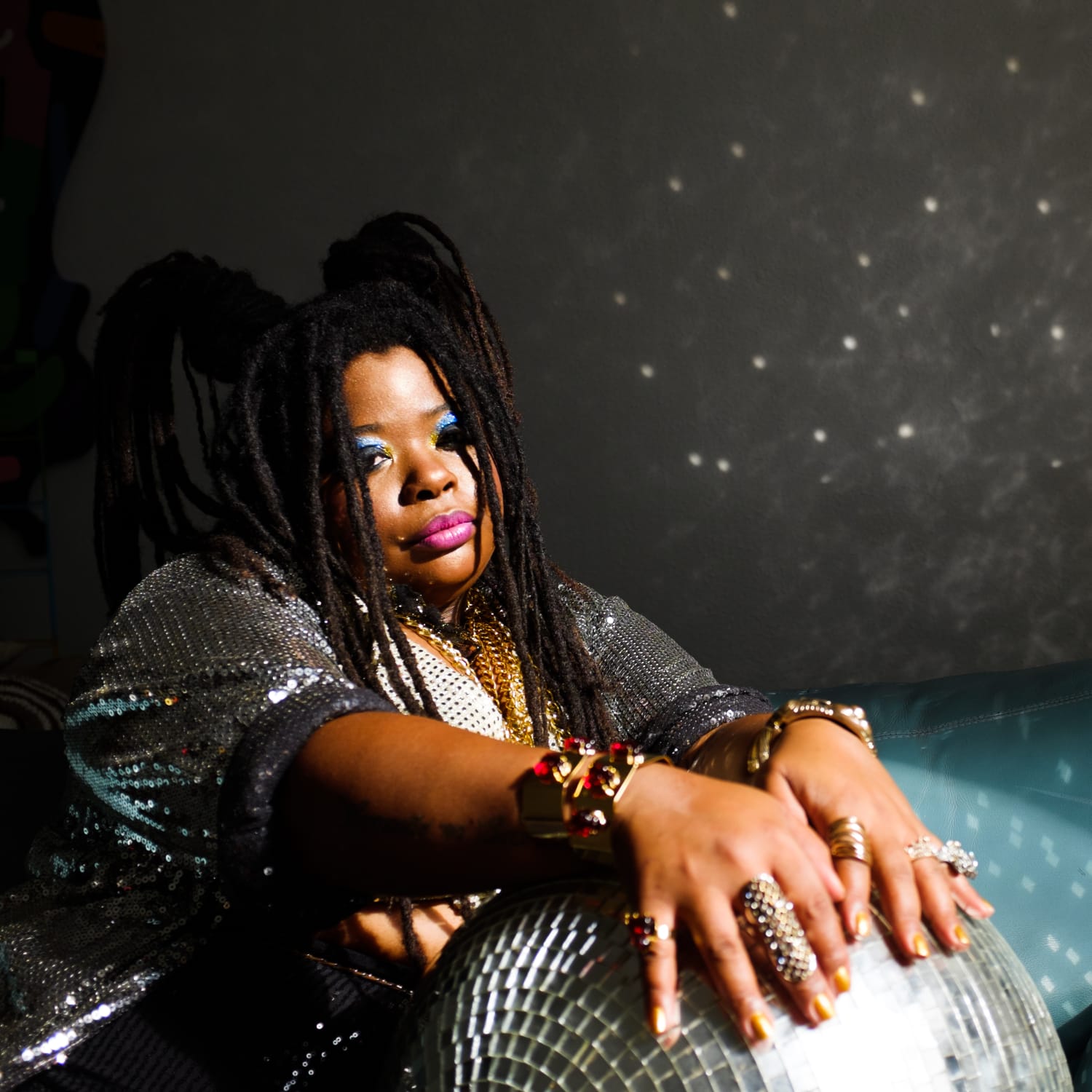
São Paulo is the city of Racionais MCs, Brazil's most influential rap group. Its members, Mano Brown, Edi Rock, KL Jay and Ice Blue, turned street poetry into a national movement.
The city also hosts major urban festivals like Cena, one of Brazil’s biggest rap and trap festivals, it blends music with art, fashion, and sport, building not just a stage but a community around urban culture. The festival takes place in November every year.
Every June, São Paulo holds the largest LGBTQIA+ Pride Parade in the world, attracting over four million people to Avenida Paulista, which the Guinness World Records officially recognises. Scheduled for June 7, 2026, on Avenida Paulista. This will be its 30th edition.

Black Heritage
The Museu Afro Brasil is one of the city’s most vital cultural landmarks. It is dedicated to the research, preservation, and exhibition of art and artefacts that celebrate the history and creativity of Black Brazilians.
São Paulo, which received many Africans during colonisation, continues to bear the marks of this heritage through capoeira, Afro-Brazilian religions like candomblé and umbanda, and samba and feijoada, all living expressions of our African ancestry.
Capoeira at Praça da República
Every weekend, the iconic Roda de Capoeira at Praça da República, right next to República metro station, brings together people from all over São Paulo to share rhythm, movement, and tradition.
Capoeira, an Afro-Brazilian martial art that blends dance, music, and acrobatics, was created by enslaved Africans in Brazil as a form of resistance and cultural expression. Today, it stands as a living symbol of freedom, community, and heritage.
This historic roda was founded by Mestre Ananias, originally from Bahia, and has become one of the most traditional gatherings in Brazil. Over the years, legendary capoeiristas such as Mestre Suassuna (Cordão de Ouro), Mestre Camisa (Abadá Capoeira), and members of Senzala from Rio de Janeiro have played and sung here, preserving the spirit of Capoeira Regional, Angola, and Capoeira de Rua for future generations.
In addition to the classes, the Capoeira Viva website offers an extensive audiovisual archive and online project dedicated to documenting the history of capoeira in São Paulo. It serves as both a source of knowledge and entertainment, featuring exclusive videos created by capoeiristas, for capoeiristas.
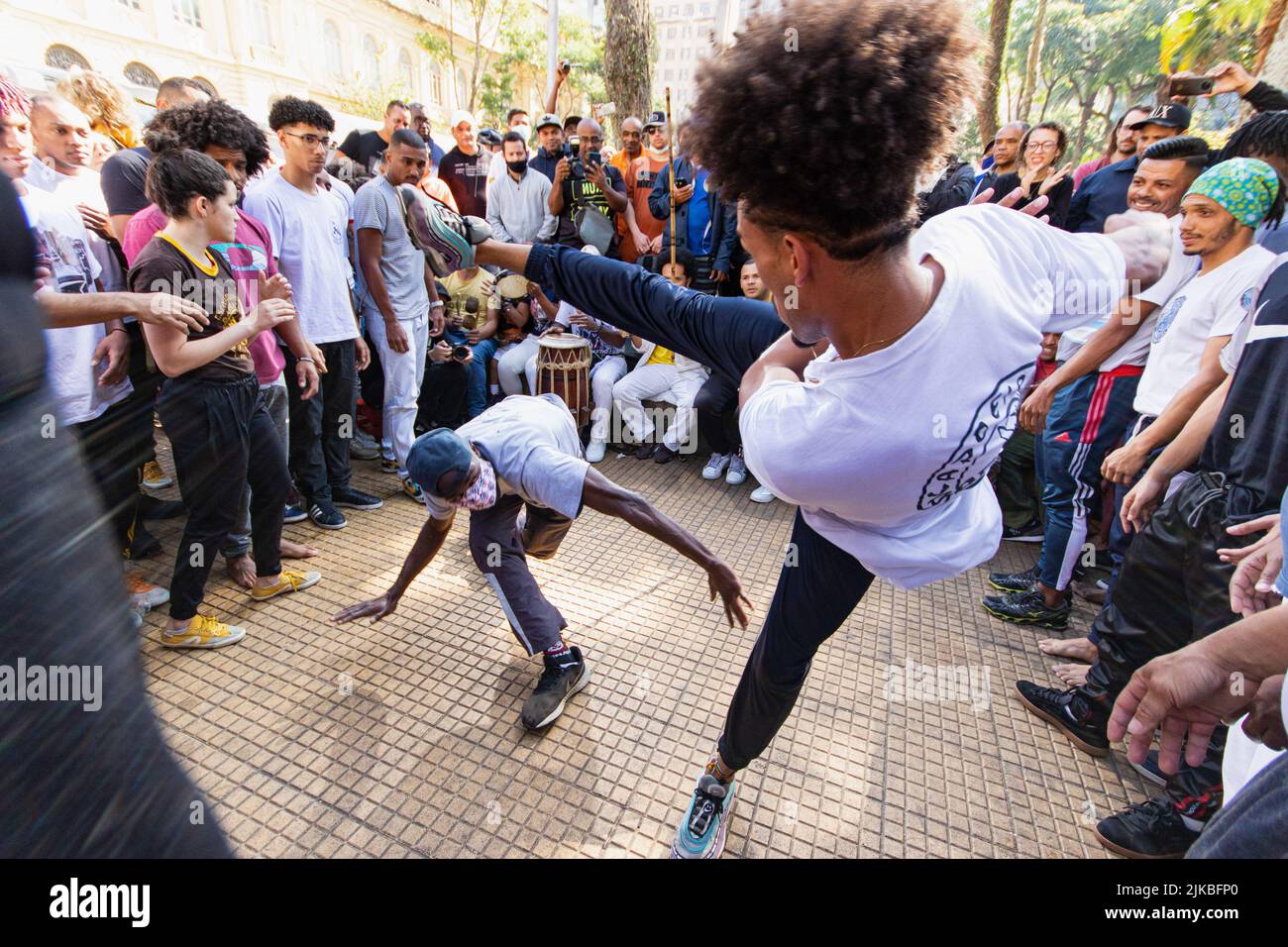
Baile Funk: Music, Resistance and Joy
Baile funk is now part of São Paulo’s public policy, recognised for its role in cultural and social development. In areas like Cidade Tiradentes, initiatives support local artists and integrate funk into the city’s cultural agenda. Journalist Rúbia Mara, the first funk culture coordinator at São Paulo City Hall, continues to be a key figure in advancing these efforts, promoting funk as a powerful tool for inclusion, representation, and community empowerment.
The cultural vibrancy of São Paulo is alive in events like the Baile da DZ7 in Paraisópolis, the city’s largest favela, home to nearly 80,000 residents. Since the early 1990s, this iconic street party has been a gathering point for young people from the city’s outskirts, where music, identity, and community intertwine.
In Heliópolis, affectionately known as Helipa, the Baile do Helipa stands as another landmark of funk culture, one of the region's most enduring and celebrated parties. Every weekend, spontaneous fluxos take over streets and alleys as crowds dance from Friday to Sunday night, echoing rhythms immortalised in songs like Baile de Favela.

Across São Paulo’s favelas, baile funk is far more than nightlife; it’s a form of Black cultural expression and resistance. Yet these spaces of joy and creativity face constant repression. Since 2012, at least 16 people have been killed and six teenagers blinded in police “pancadão” operations, according to research by Unifesp.
The most tragic case, the Paraisópolis Massacre of 2019, left nine young people dead after a police raid on a funk party. Five years later, no officer has been convicted. Authorities justify the crackdowns with noise complaints, but researchers point to more profound inequality: leisure in poor, Black neighbourhoods is criminalised, while nightlife in wealthier districts faces little scrutiny.
Still, the funk scene endures and young people transform everyday struggle into art, a powerful reminder that in Brazil, joy is an act of resistance.This is a city where love blossoms amid chaos, collaborations emerge from unlikely encounters, and partying becomes a circular economy. There is love in São Paulo in the bodies that resist, reinvent, create and dance.
Among the initiatives shaping São Paulo’s Black cultural scene, Africanize stands out as a leading force. Founded in 2014 by Wanessa Fernandes, the platform has become one of Latin America’s most influential voices in celebrating and amplifying Black culture. With over six million followers, Africanize goes beyond being a news portal; it's a movement that bridges education, art, music, and Black entrepreneurship.
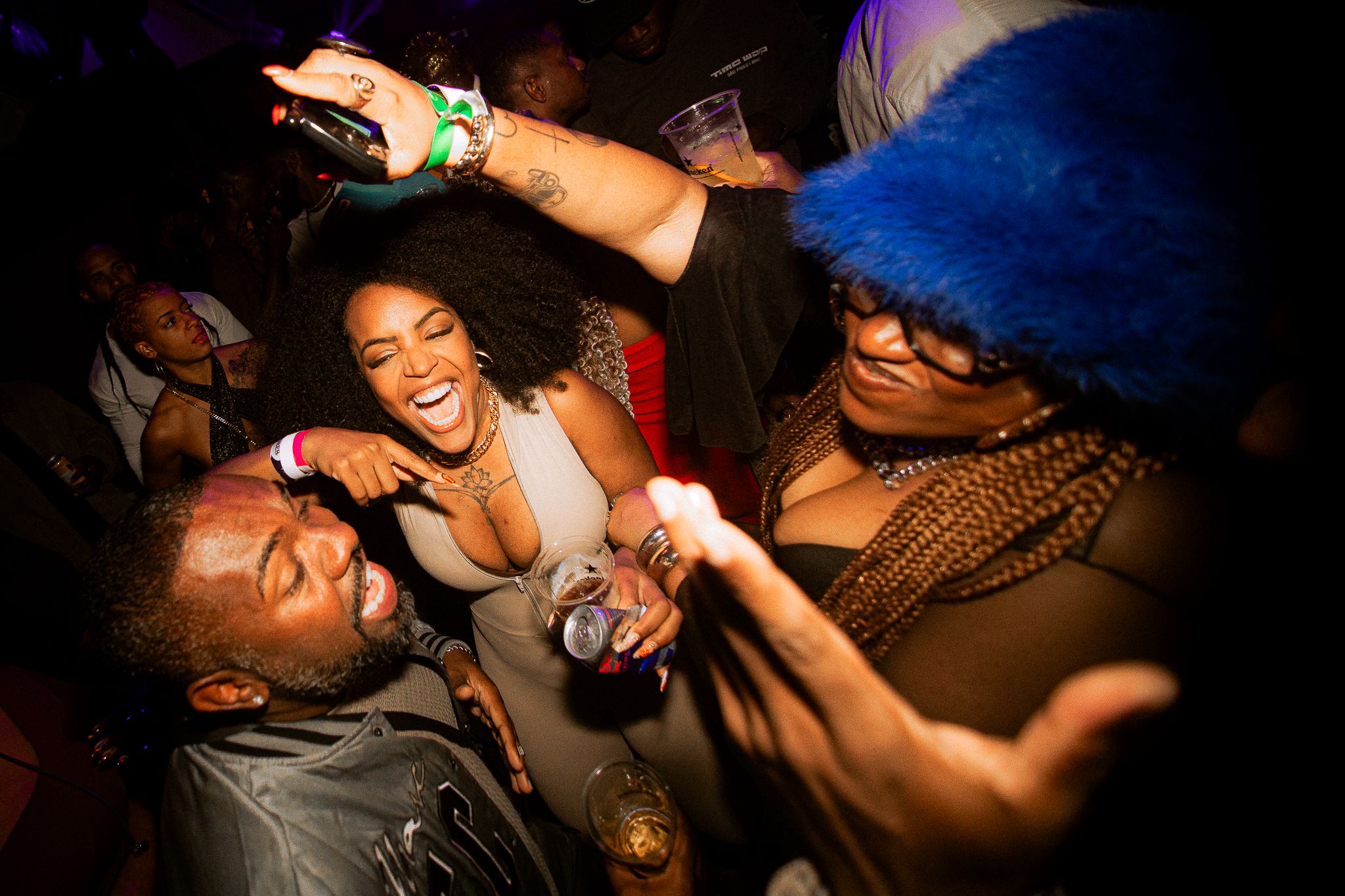
Through projects such as Africanize Party and Africanize Sessions, the platform connects artists, producers, and communities, merging online visibility with real-life cultural impact. This spirit of collaboration between parties, collectives, and independent media is vital to understanding the richness, diversity, and creative power of São Paulo’s Black culture and its contribution to the city’s cultural and economic landscape.
How to get there:


